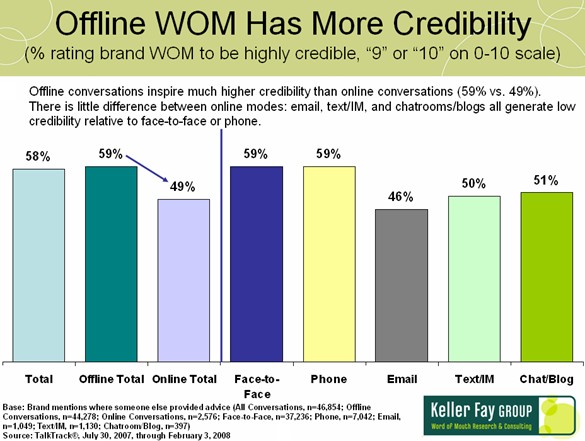Why Marketers Should Care About Reaching Latina Bloggers

Elianne Ramos is the principal and CEO of Speak Hispanic Communications and vice-chair of Communications and PR for LATISM.
The first gift of the season goes to my dear friend, Elianne Ramos.:) Elianne is an incredibly talented, knowledgeable, and hard working human being, she is the Principal & CEO of Speak Hispanic communications and vice-chair of Communications and PR for Latinos in Social Media (LATISM.) She is constantly on the go, generating great ideas and positively impacting the U.S. community. As if this wasn’t enough, she was the vice president, creative director and founder of i3 Creative Group, managing production teams working concurrently in the United States, Mexico, Uruguay and Argentina. In over 15 years of creative direction, copy writing, public speaking, public relations and TV commercial production experience, Elianne has developed broadcast, multimedia and social media campaigns for high-profile clients. Her writing has appeared in numerous books and publications including the Chicken Soup for the Soul series and now, for the first time-ever, on the Hispanic Marketing blog.
Please, enjoy Elianne’s article. Elianne, this one is with all of the Target Latino love.
Why Marketers Should Care About Reaching Latina Bloggers
Even with the well-documented explosion of the Hispanic market, Internet sources like Technorati, which by 2008 was indexing 112.8 million blogs, have never touched upon the topic of Latinas and blogging. With the release of the Latinos in Social Media’s Latina Blogger Survey, though, it is now official: Latina bloggers are increasing their numbers and spreading throughout the blogosphere.
The intrinsic characteristics of blogging, where the private becomes public and communities rally together around common interests, make it the perfect platform for Latinas to voice life from their viewpoint … in in two languages, no less!
Beyond the obviously good news that these bloggers now provide us with a new outlet for furthering our brands’ messages—what with ever-shrinking minority-outreach budgets—the implications of this Latina blogger explosion for PR and marketing professionals are many:
The Good
• In Latino culture, where word-of-mouth and group interaction are second-nature, the trustworthiness of a blog post wrapped in a culturally relevant package can certainly influence the value of a brand in the eyes of their thousands of followers.
• These bloggers provide us with micro-niche audiences and more targeted outlets for furthering our brands’ messages. Stories published and promoted online have the potential to reach a greater number of people in very little time. In this context, a Latina blogger outreach program puts us in an ideal position to secure widespread coverage for our clients.
• Most Latinas blog in English, followed closely by Spanish and peppered with Spanglish, which means that their potential reach is amplified. Their choice of language in this case may be more about connecting with their readership, not necessarily a reflection of the language they speak more fluently. The key is listening and doing your homework in order to find the perfect fit.
• Latina bloggers are actively engaged in social media, and they tend to belong to tight, supportive communities online. Besides the fact that your message will reach well beyond the scope of the blog, this also means that other influencers in their communities will help disseminate it.
• Their culture infuses their writing but does not rule it. Contrary to expectations, Latinas blog about numerous subjects, which opens up possibilities for different types of brand engagement.
• These Latinas are at the epicenter of merging worlds: between traditional and modern roles, between English and Spanish, between American and Latino cultures. They will bring a fresh perspective to your message, one that most closely reflects the Latina experience in the US.
The Bad
• Brand credibility: With consumers now doing research online and even generating their own content, consumers are less likely to believe a product review that blatantly comes from a sponsorship.
• Relative lack of control over the message: Know that consumers will be getting and act on impressions about your brand from less than perfect sources. Bloggers are not necessarily a self-regulating bunch, at least not yet. The fact that they can and will write whatever they want in their blog might create public relations issues. Just be sure to monitor their blogs, so you can address any issues or comments and give your official brand perspective, if need be.
• Saturation: With the fast growth rate of this segment, the Latina blogger market is likely to become saturated fast, which means their individual reach will, at some point and with few exceptions, start to diminish. This being a relatively young blogging community also means that the time to reach out to them is now.
The Ugly
The Federal Trade Commission (FTC) is cracking down on so-called “Blogola” by regulating blogger/advertiser relationships. The rules were updated December 2009.
The new rules include the fact that now bloggers must disclose material connections with a brand: whether they are receiving payment or free products and the kind of relationship they have with the company. What’s more, now both the brand and the blogger are subject to liability for misleading or unsubstantiated representations made. This means that the potential of a company being held responsible for approving unfounded claims—not rare in this realm—is a very real one. While the FTC regulations are beginning to be applied, the blogger outreach game is still an evolving one. The main things to keep in mind seem to be transparency, clear objectives and open ears: a willingness to listen and adjust, if need be.
Though a blogging campaign may be a godsend of great, relatively inexpensive publicity, remember that it is also —or should be—part of a larger communications/PR plan. Make sure all other elements of the campaign support your Latina blogging outreach and vice versa. If you do it right, Latina blogueras will rally behind your efforts with the same pasión they pour into their Web writing every day.
What has been your experience in reaching out to Latina bloggers? Please share in the comments below.












